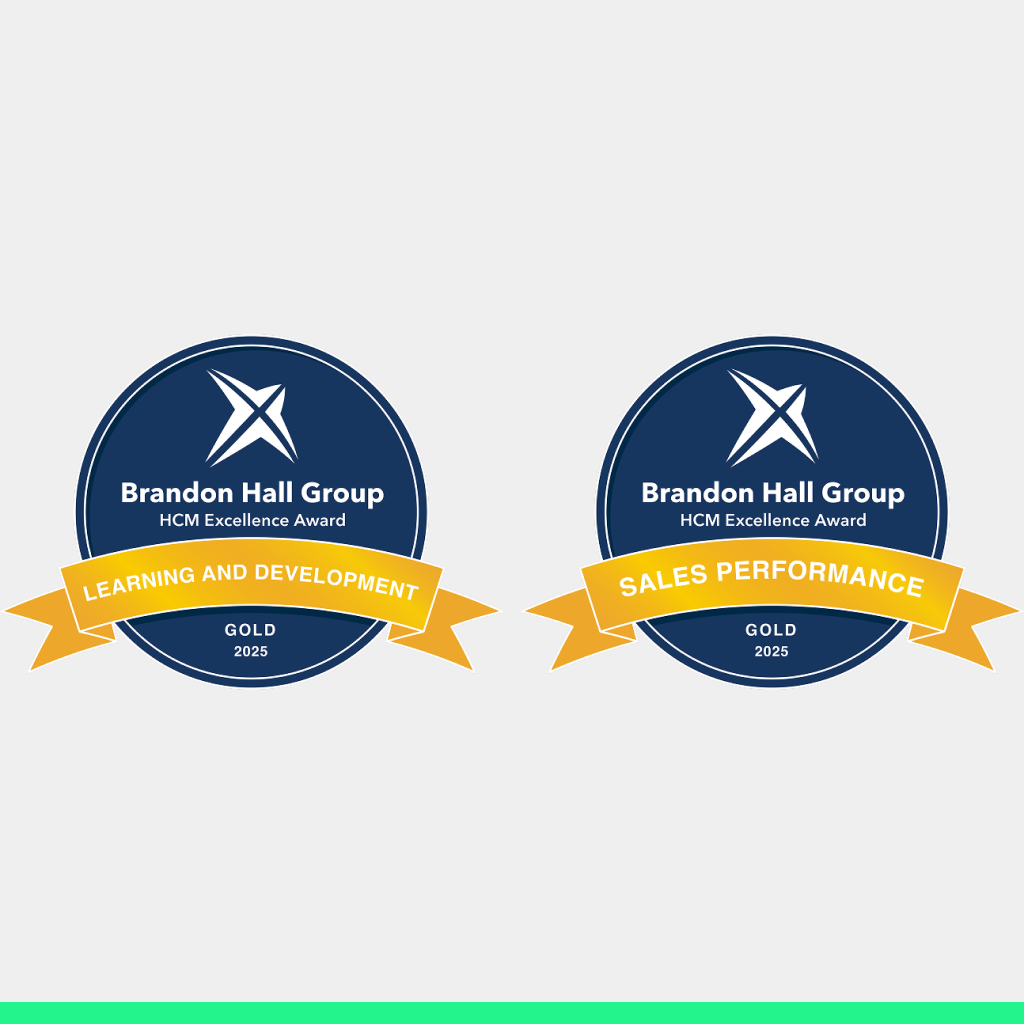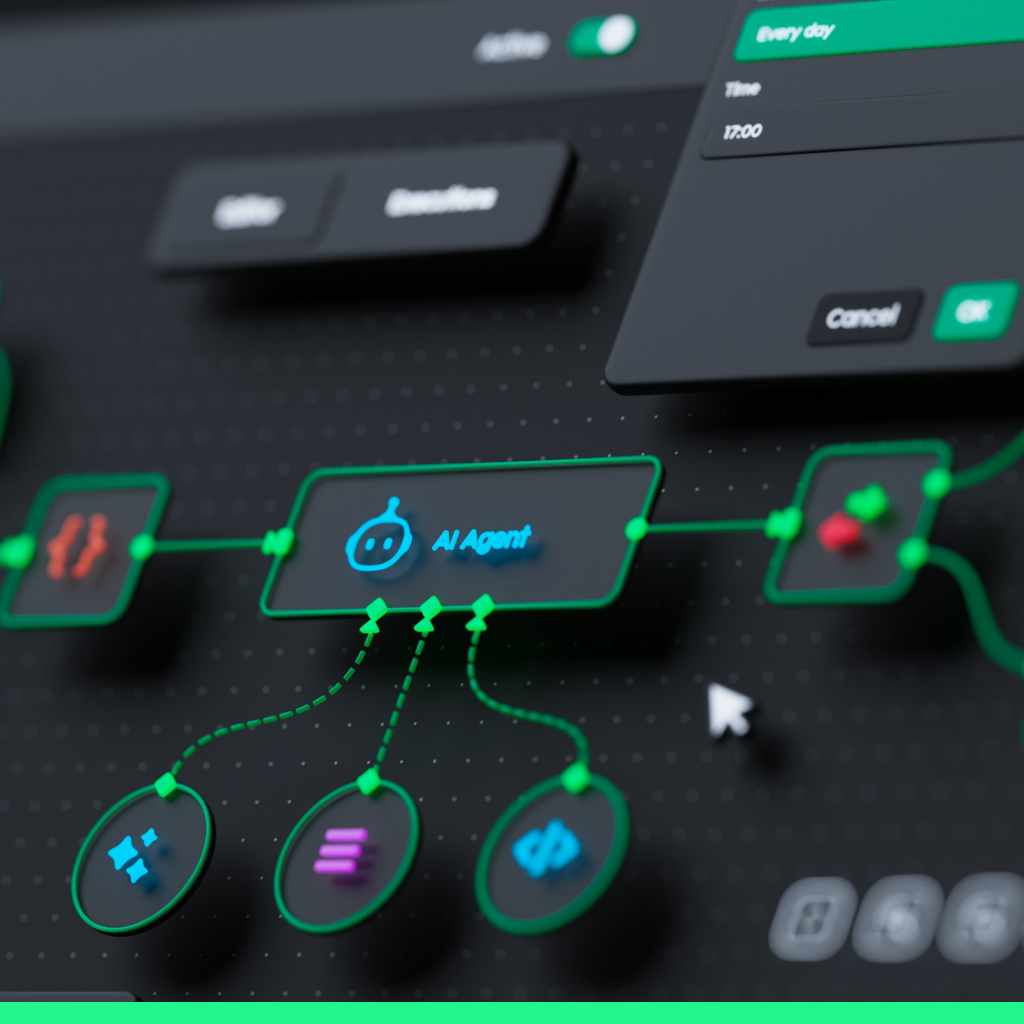A Repeatable Process for Learning Technology Decisions
Selecting the right learning technology is a critical decision that can make or break digital learning initiatives. The myriad tech stack options can be overwhelming, from off-the-shelf platforms to custom-built solutions. So how do you find the technology that’s the right fit for your organization and your learners?
First, software is not a substitute for strategy. The best, most advanced tech stack in the world can’t compensate for deficiencies in the foundations of a high-quality learning experience: learner centered content, active learning, unbounded inclusion, community connections, and real world outcomes. We believe that a sound digital learning strategy begins with a firm understanding of learner needs, organizational objectives, and how they intersect. Technology’s role then is to enable learners and organizations to meet their objectives, while delivering an engaging digital experience at scale. Successful tech selection and implementation can only be built upon a solid strategic foundation.
With this framing in mind, we will explain how we guide our clients in choosing the right-for-them tech stack. Because we are platform-agnostic, we recommend any and all technologies that will meet our clients’ unique needs – off the shelf, custom, or something in-between. And while the recommendations change with each client, we have developed a standard process to help us arrive at the ideal technology decision. First, we run all technology decisions through a 3-step decision framework to land on the right technology category. Next, we follow a defined process for selecting the final platform.
Getting Started: Pick a Path
The learning technology market is big and, with the advent of AI, getting bigger. The options can be overwhelming, from off-the-shelf platforms to custom-built solutions. It’s helpful to first “pick a lane” from among the main categories of learning technologies before selecting a specific platform or tool. There are three high-level paths:
- Is Off-the-Shelf (OTS) a viable path? OTS is often the fastest and most cost-effective solution, which is why it’s our first stop. An OTS platform is a pre-built system that can be configured to an organization’s needs, but not fundamentally changed. It’s best for organizations with straightforward requirements and limited budget or time. Key considerations for OTS options revolve around content structure, user experience, and branding. OTS options should offer flexibility to accommodate multiple types of content structures, as well as allowing for custom content types. We also look for flexibility to alter UX, like page flow within a page and between pages. Finally, learning experiences have enormous potential to build brand equity, but only if the technology offers flexible branding capabilities.
- Is a hybrid approach a viable path? The hybrid model combines the best of both worlds. It starts with an OTS platform as a foundation and then integrates custom elements—a proprietary API, a third-party tool, or a bespoke content library. This is for organizations that need a powerful, unique feature or a specific learning workflow that an OTS platform alone can’t provide, but don’t have the budget or time for a fully custom build. Questions to ask when it comes to feature prioritization for hybrid options: can the system accommodate must-have requirements? Support non-functional requirements? Enable both the learning and content strategy?
- What are the costs and effort of viable paths? Consider the trade-offs of each option. An OTS solution has a lower upfront cost and implementation effort but may involve higher ongoing fees and limitations on functionality. A hybrid model requires more development time and investment but offers greater flexibility. A fully custom solution is the most expensive and time-intensive at first, but provides complete control, a perfectly tailored learning experience, and mitigates user-based costs at scale.
Platform Recommendation Process
Moving away from high-level options into the nitty-gritty details of the technology selection process, here is the order of operations we follow to arrive at the right technology choice.
Understand the Ecosystem
First on the list is thorough requirements gathering. It’s essential to think cross-functionally when it comes to requirements: learner needs, organizational structure, measurement/analytics, administration, content management, and security. The more stakeholders who are involved early in this process, the better. This avoids scenarios like a late-in-the-game requirement for Salesforce.com integration or SSO.
Next is a systems audit. There’s significant risk in creating siloed technology solutions that don’t align with the rest of the organization’s tech. When creating a new learning experience, it’s essential to consider the wider technology infrastructure. Otherwise, the result is a mishmash of fragmented tools that don’t play well together. Frameworks like LTI are crucial here. An integrated systems and data architecture is also critical for enabling future AI solutions. And like it or not, we’re all struggling with legacy tools in some way. Ignoring them won’t actually make them go away.
Finally, consider the wider market – both competitors and market exemplars. Understanding what the best looks like provides a useful target. It may also uncover whitespace where a learning experience can shine.
Evaluation: Create and Stick to a Custom Rubric
We combine all of the ecosystem considerations–requirements, integrations, and exemplars–into a custom rubric. A rubric lets the decision-making team systematically evaluate and score technology options along agreed-upon criteria. In other words: it builds strategic alignment among the buying committee. The key here is that the rubric will and should be different for each organization. What works for your competitor won’t necessarily provide the same results for your organization.
Shopping for Platforms
Only at this stage do we recommend identifying platforms that meet the core requirements of the rubric. Many people make the mistake of starting their technology selection process at this stage. But since there are hundreds of learning technologies, this is inadvisable. At last count, we’ve worked with 75+ learning technologies and built 20+ custom platforms, so we have valuable, hands-on experience. Our internal Slack channels are full of “check out this new tool” posts. Providing up-to-date intel on a range of learning technologies is of course one of the main benefits we provide to our clients.
Use the Rubric
Most software buying committees are made up of at least 12 different decision-makers. This makes building consensus hard and is one of the main reasons we recommend a rubric. We provide a numerical score for each platform based on the custom rubric. This lets our clients align on which options are actually the best fit for their needs, rather than being distracted by the shiniest object in the decision matrix.
Consider Trade-Offs, Cost, and Effort
This is a crucial step that is often overlooked. It’s essential to look beyond just the software costs (though those are of course critical). What will it take to launch and maintain the learning platform? And how does that align–or not align–with the organization’s long-term plans?
The End is the Beginning: Platform Recommendation
At the end of all of these smaller decisions–technology category, requirements, integrations, market landscape, cost, effort, trade-offs–we reach the final one: a platform recommendation. And this is where the real work begins.
The Rubric in Action: Client Examples
This approach has helped a variety of clients successfully find, launch, and scale the right technology to achieve their learning goals.
- Effie used OTS. Effie, a global nonprofit marketing organization, wanted to create a new online learning experience called Effie Fundamentals using their library of case studies. They needed a solution that was fast, cost-effective, and could leverage their existing content. We identified a suitable off-the-shelf learning platform that allowed them to quickly launch a successful program, generating new revenue streams and establishing a new entry point for additional products.
- Custom was right for AICPA + CIMA. A global professional association needed to scale its in-person professional development training into a cost-effective global solution. This required a bespoke platform that could deliver a highly personalized learning experience and manage complex learner data. We designed and built a custom learning platform that provided a scalable solution to reach a global audience of over 10,000 learners.
- Fortune 50 tech company: The hybrid approach. A large, global technology company was reimagining a customer learning experience for a core customer segment. We provided a high-level comparison of LMS features, trade-offs, costs, and time-to-market for off-the-shelf, hybrid, and custom options. Content creation, user management, localization, discovery, and assessments were key feature needs. We ultimately recommended a multi-phase, hybrid approach to buy an OTS CMS to dramatically reduce the cost and time to create, update, and maintain content while building a custom learning experience layer to allow for maximum control and flexibility over the learning experience.


